Causes Symptoms Treatment Cost of operation
According to WHO every fourth man and every second woman at the age of 70-80 years old are well aware of such eye disorder as cataract (a clouding of the lens).
It should be noted that the risk of cataract development sharply rises in people over 60 years old. Unfortunately today the changes in the lens are more often found in 40-50 year old patients.
Cataracts causes
Cataracts’ development is predominantly associated with age-related metabolic changes in the lens. However one shouldn’t be misled by the term “age-related” because cataracts may appear at 40 or 30 years old or be congenital condition. Once began, the process of loss of transparency of the crystalline lens will inevitably be progressing; and the clouding will cover more new areas, the vision will deteriorate and a total blindness may occur. Many different eye drops (i.e. Quinax, Oftan Catachrom, Taufon etc.) are not able to stop the process and improve the vision. They just delay the lens clouding increasing the risk of developing cataract complications. The only way of treating this disease is to remove the clouded lens from your eye and replace it with artificial clear lens.
Cataracts symptoms
What symptoms are the first signs of cataracts? Vision deterioration in people at 50-60 years old doesn’t usually worry them and all the changes in their vision they relate to the age. People suffering from cataract often complain on tiredness during reading, on misty outlines of objects and the whole world around them lost its bright colors.
Cataracts treatment
As we have mentioned above, eye drops do not treat cataracts but only aggravate disease. Currently, the most efficient method to remove the cataract is phacoemulsification (ultrasound breaking up and removing of the clouded lens) with intraocular lens implantation. This procedure is painless, fast and affordable. Phacoemulsification is well-studied and safe procedure and it is performed on an outpatient basis (without hospitalization). Vision acuity literally is improving right on the operation table. This procedure doesn’t require general anesthesia but only anesthetic drops. The procedure doesn’t cause uncomfortable feelings and lasts 15-20 minutes. Saturation is not required as well. At the same day the patient may go back home and return to his daily routine.
What are the risks of surgical delay?
If the patient delays the operation, the affected lens will thicken and increase in its size. This is not an endless process as the space in the eyes is limited and inevitably glaucoma will develop aggravating the disease and leaving less chance for successful treatment. To restore the vision lost from glaucoma is impossible. Statistics say that in 7 out of 10 patients with cataract the lens completely lost its transparency within 6-10 years after the first symptoms. In these cases urgent surgery is required which is associated with increased risk.
We strongly don’t recommend delaying surgery after you have been diagnosed cataracts.
Cost of operation
The cost of phacoemulsification with intraocular lens implantation produced in the USA, Germany and UK is 50 000 rubles and over. The final price is specified after the consultation with our specialist and depends on the type of the implanted lens and the condition of the patient. You can see all our prices here.
During postoperative period the patient has all the necessary drops and check-ups for free.
The operation is performed by Fomenko Natalia Ivanovna, certified in surgery, who have an extensive experience and constantly master their skills.
Competence of our doctors and the use of the latest technologies guarantee excellent results – restoration of our patients’ eyesight.
Now there’s an answer to the question: “Where to treat cataract”. In “The Moscow Eye Clinic”!
If you have any question, you may ask our specialists with the help of a follow-up form on our web-site or call us in Moscow at 8 (800) 777-38 81 and (499) 322-36-36 (daily from 9 a.m. to 9 p.m.) or sent e-mail on address: mgkl@mgkl.ru
.



 Semenovskaya
Semenovskaya 











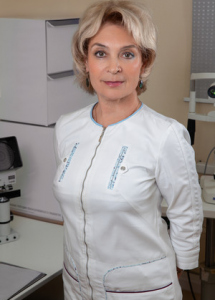
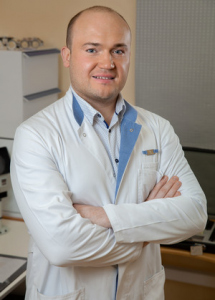
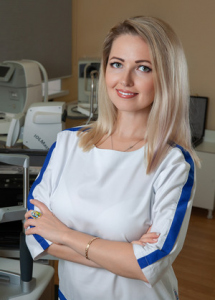
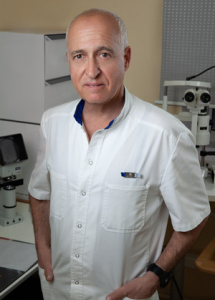
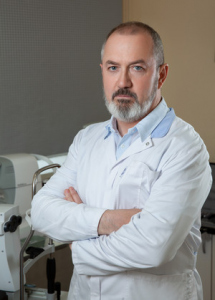
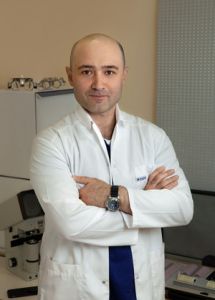

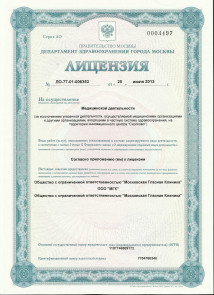
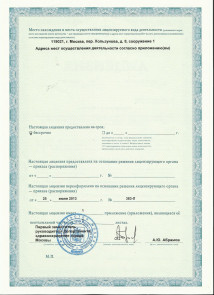
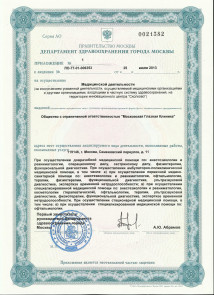
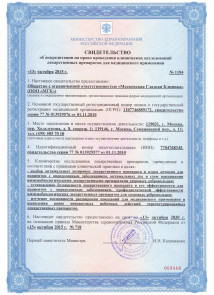
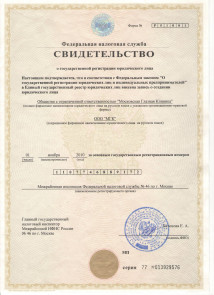
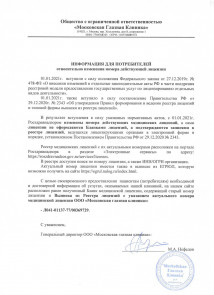

_214x295_ead.jpg)